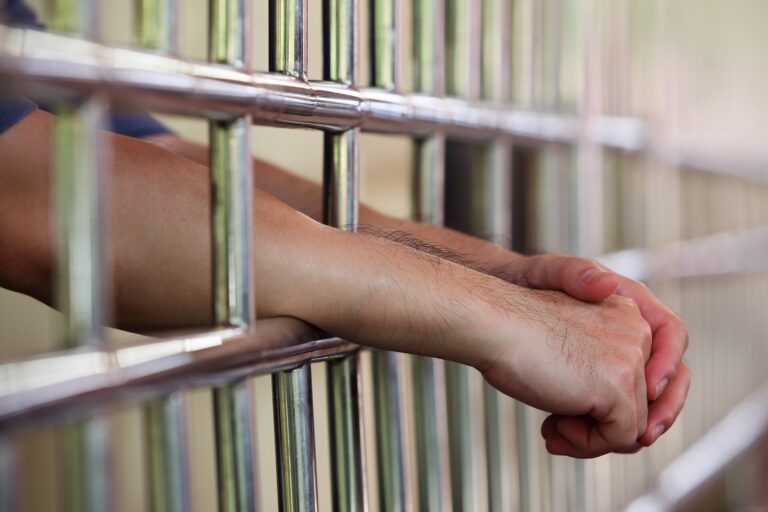 After Superstorm Sandy, officials in New York and New Jersey vowed to make sure the unprecedented destruction wouldn’t happen again.
After Superstorm Sandy, officials in New York and New Jersey vowed to make sure the unprecedented destruction wouldn’t happen again.
Two years later, would it?
There are some concrete signs of tougher protections, from a nearly-finished sea wall protecting two devastated New Jersey towns to a Long Island boardwalk rebuilt to serve as a retaining wall. New floodgates protect a power plant where Sandy plunged miles of Manhattan into darkness and some homes sit higher while other buildings boast new flood barriers.
Enhanced preparedness has hardened backup power systems at hospitals, forged new systems to flood-proof subway vents, installed generators at dozens of gas stations to run pumps in a power outage, redrawn evacuation-zone maps and reshaped emergency plans for managing problems from debris to traffic.
But many planned projects are still years off and some ideas still under study. Thousands of homeowners await repair aid, some of it coupled with steps to make homes safer. Some efforts to buy out flood-prone homes haven’t gotten takers in the worst-hit areas. And across the coast, a patchwork of protections leaves some areas more vulnerable than others.
Still, officials and disaster-preparedness experts see meaningful movement on a complicated problem that could take decades to remedy.
“The region is better prepared for a storm like Sandy,” said Rockefeller Foundation President and resilience expert Judith Rodin. “I could never say that everyone is or should be satisfied with the rate of progress, but things are progressing.”
It feels that way to Bill Burns as he watches city-paid contractors boost his Brooklyn home up about four feet, on a new foundation with conduits for water to flow underneath. He and his wife couldn’t afford to do that after fixing the interior.
“This is going to make this house a lot safer to live in,” he says.
But on Long Island, Anna Ervolina feels more vulnerable, not less. Architects have said she can’t elevate her Long Beach home, and though the city has some new protections, she fears it remains fragile two years after Sandy flooded nearly 2/3 of its homes.
“I don’t think it will take another Sandy to cause damage,” says Ervolina, who has yet to move back to her house.
As Sandy’s second anniversary approaches Oct. 29, it’s tough to analyze preparedness gains, versus goals.
Much of the focus so far has necessarily been on repairing, stabilizing and strategizing, and many plans that emerged after Sandy — blamed for at least 182 deaths and $65 billion in damage in the U.S. — are long-term and intertwined with broader efforts at wrestling the effects of global warming.
There’s no one regional authority in charge, and changes are in the hands of individual property owners as well as institutions. New York City alone has a $20 billion, potentially decades-long plan.
That mosaic troubles some experts. For a region of roughly 20 million people to improve coastal protection in a changing climate, “things have to connect up,” says Elliott Sclar, the director of Columbia University’s Center for Sustainable Urban Development. To him, the area needs “a mechanism of governance to begin to pull these things together.”
Still, Sandy has turned planning for “someday” into more will and energy to get moving now.
“I think we’re much more advanced today than we would be if Sandy hadn’t occurred two years ago,” says Megan Linkin, a natural hazards expert with the reinsurance company Swiss Re. “Sandy moved the hypothetical conversation to a very real conversation.”
(AP)











One Response
this is what happened by the dor Haflaga. they thought they could run away from hashem & prevent another flood from happening to them. their intention wasn’t to protect themselves BUT to run away from hashem, thinking they could.
Do YOU think you could run away from Hashems Decrees in the world? if you think you could, then you are a am ha’aretz. the only way we can save ourselves from hurricanes & any other tragedy from occurring C”V is by doing teshuva together as a nation as one.